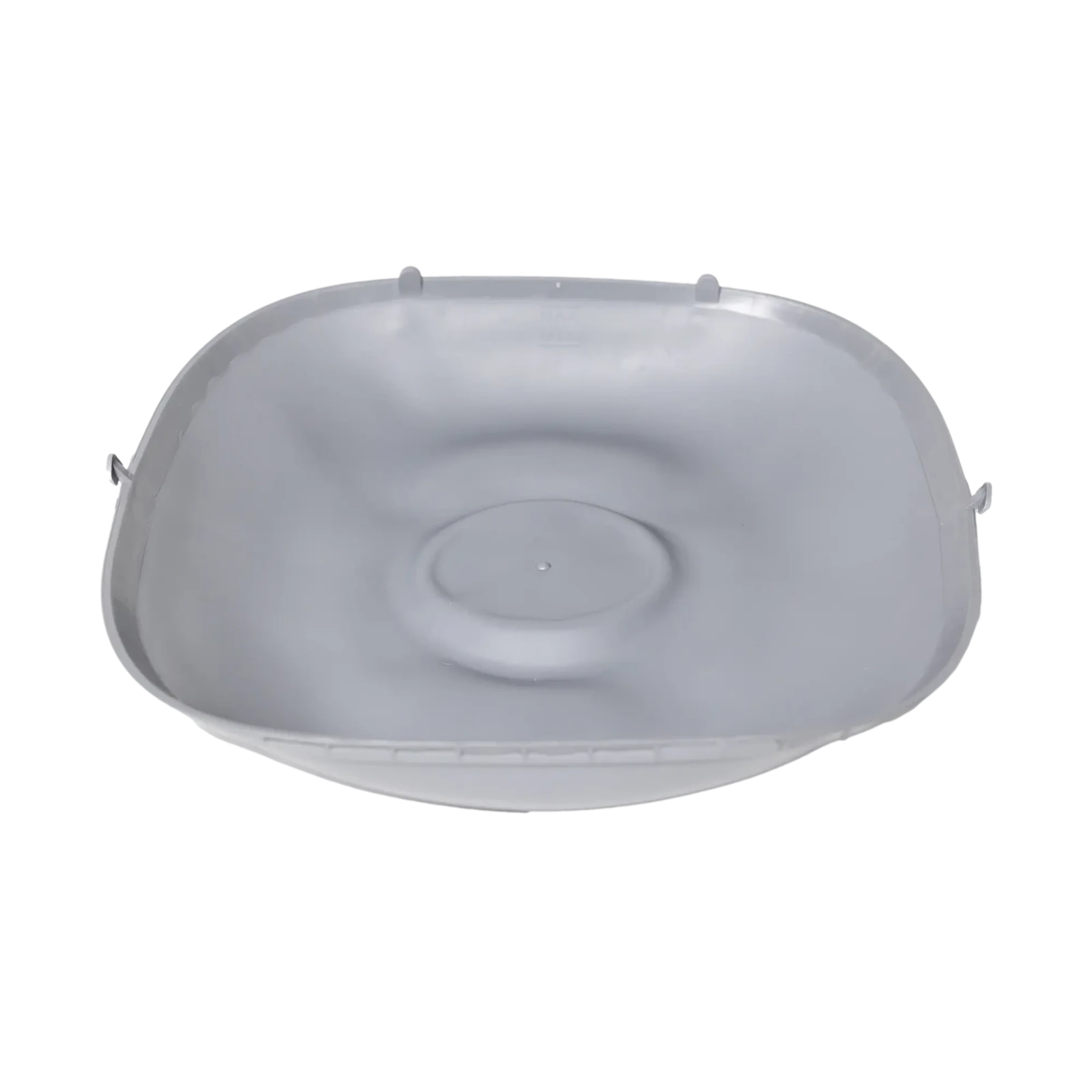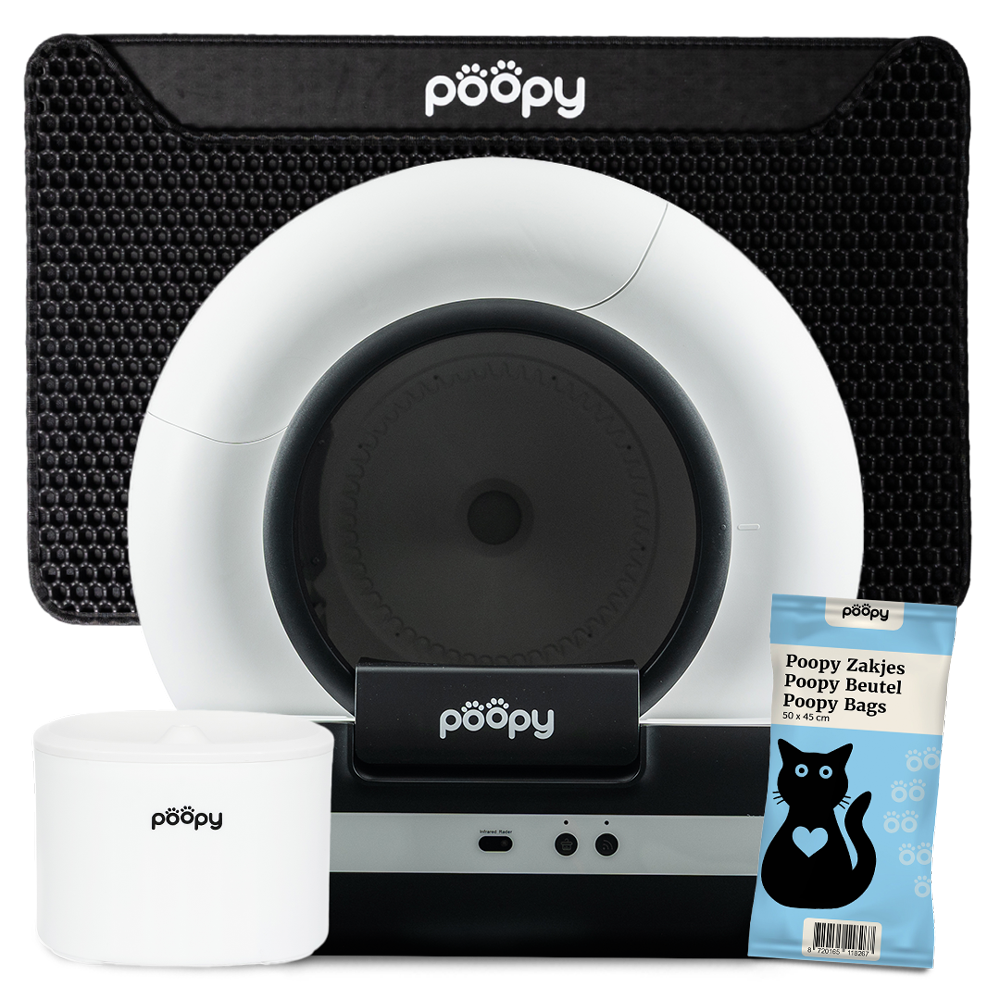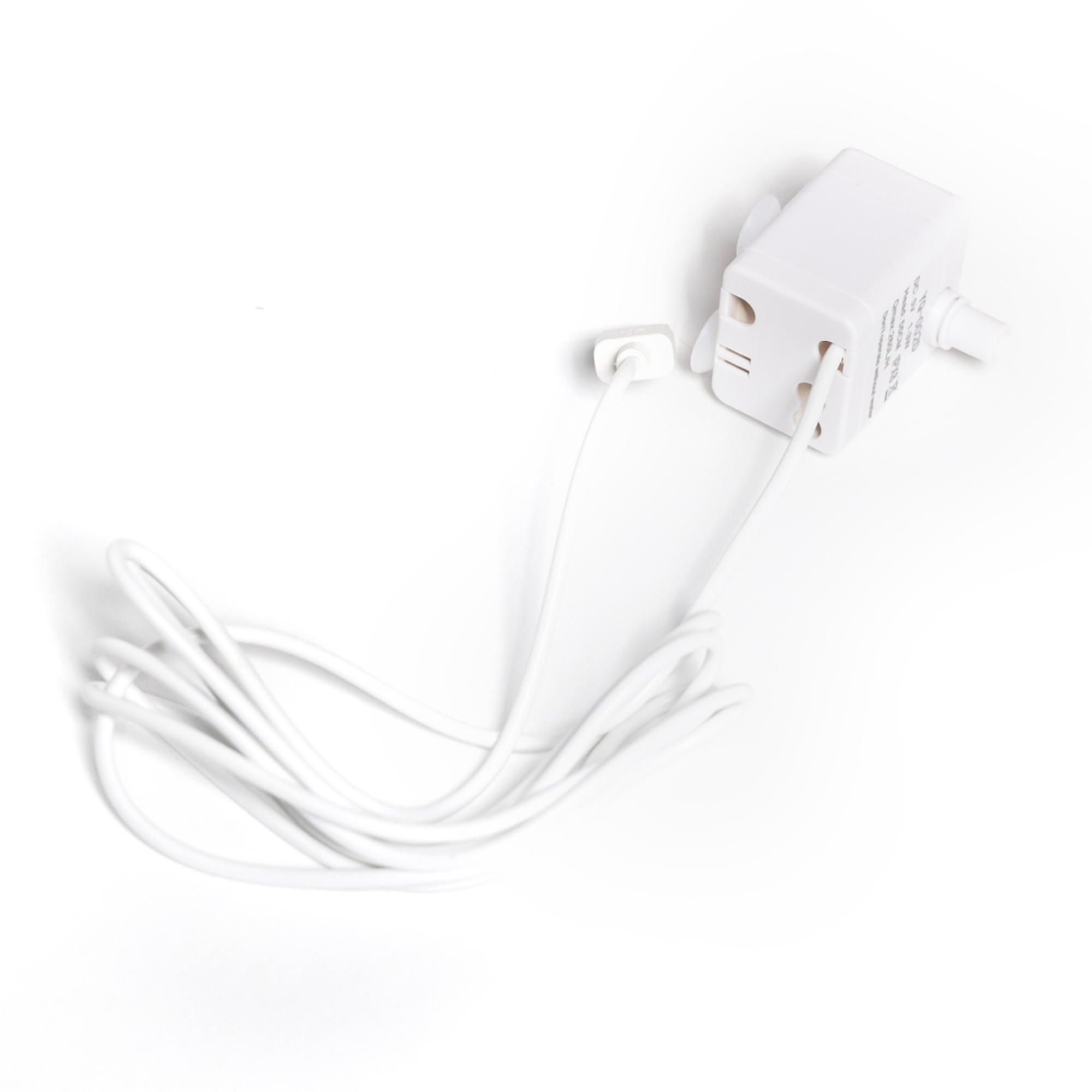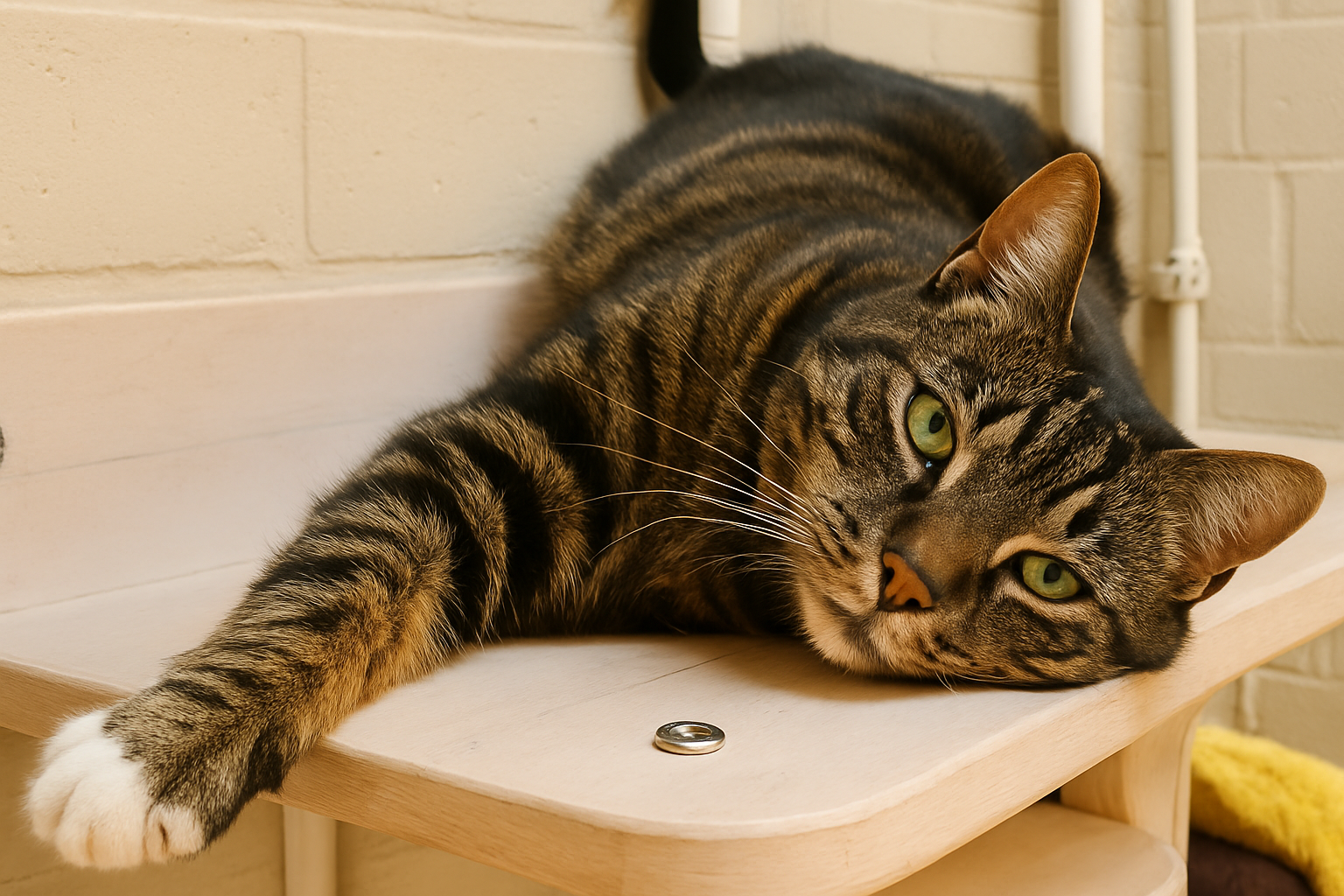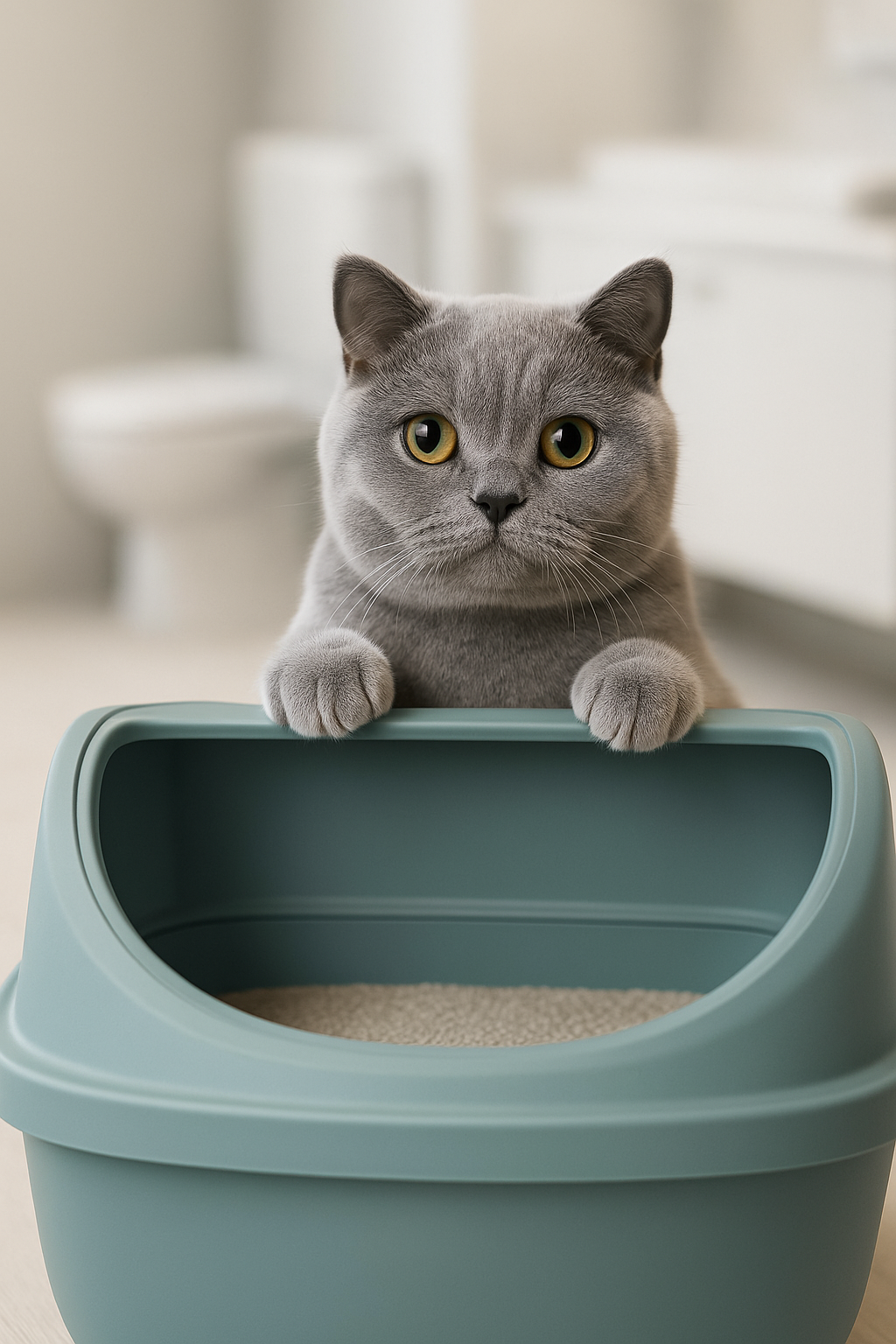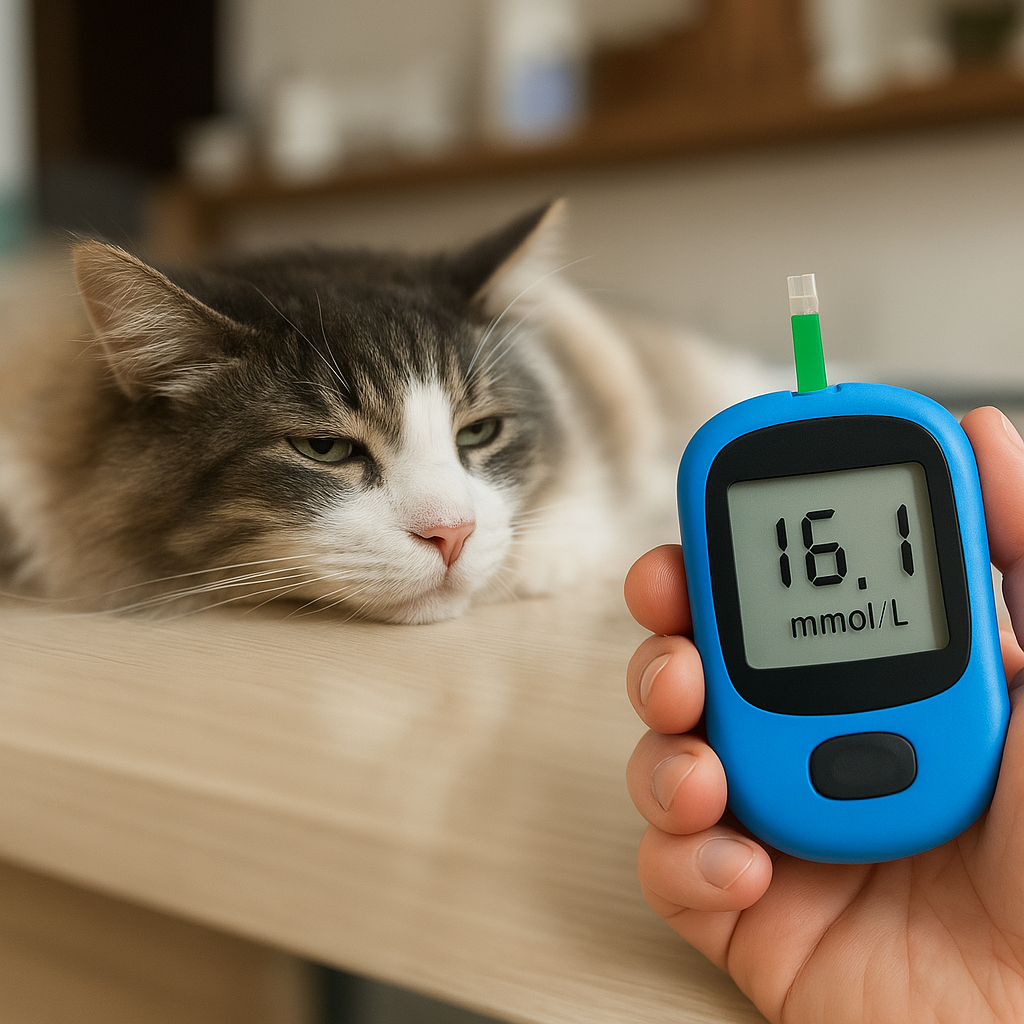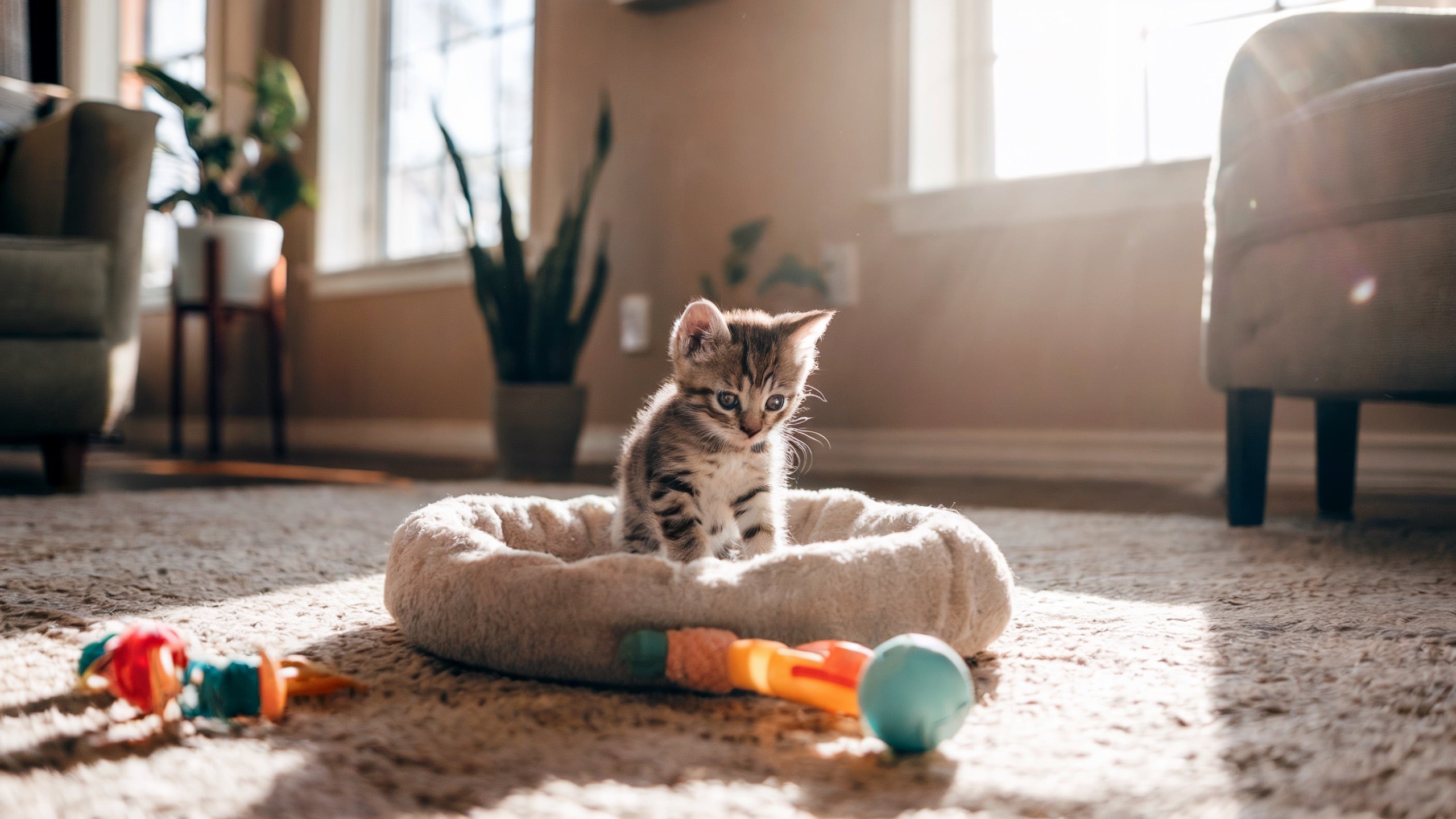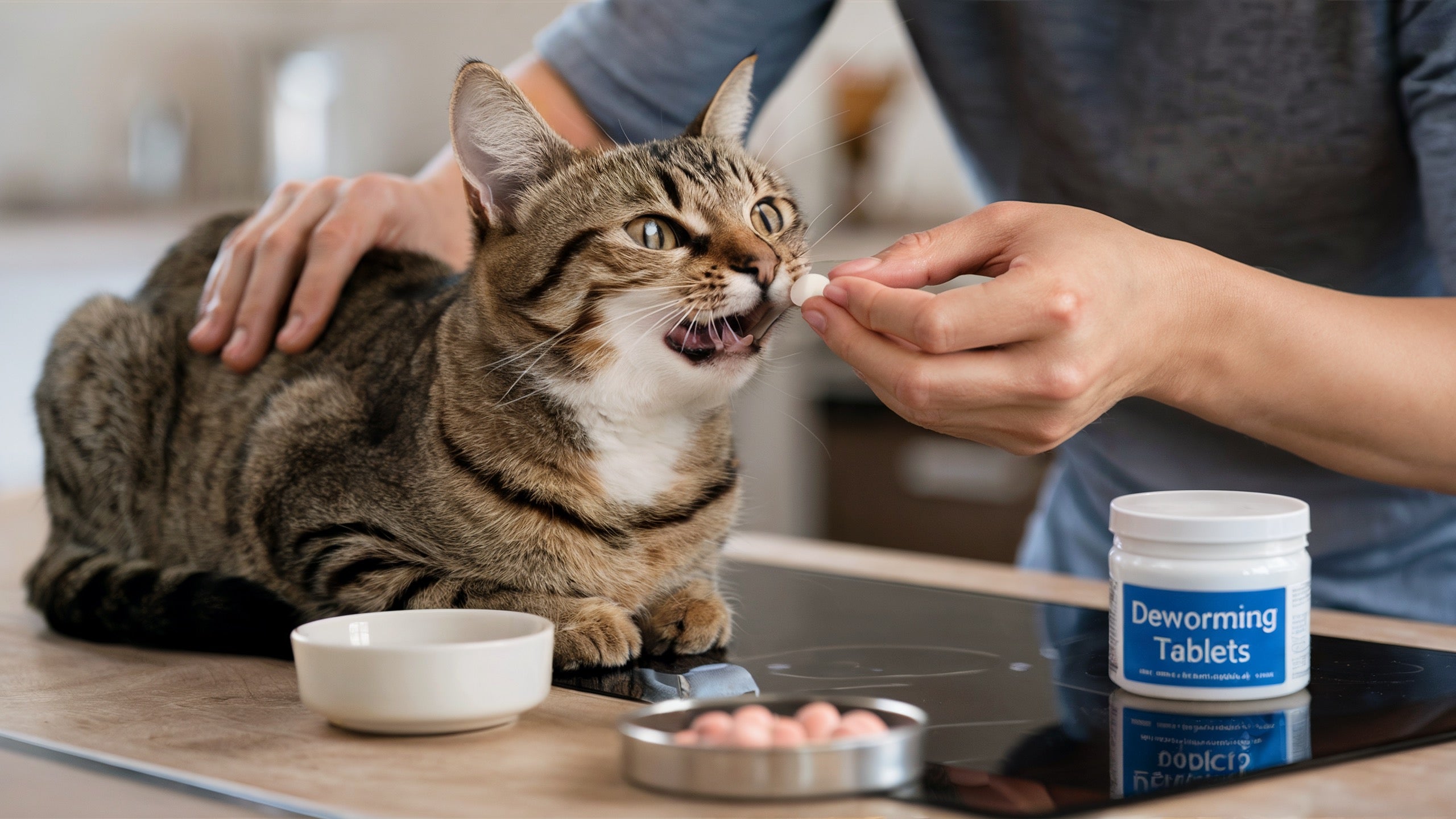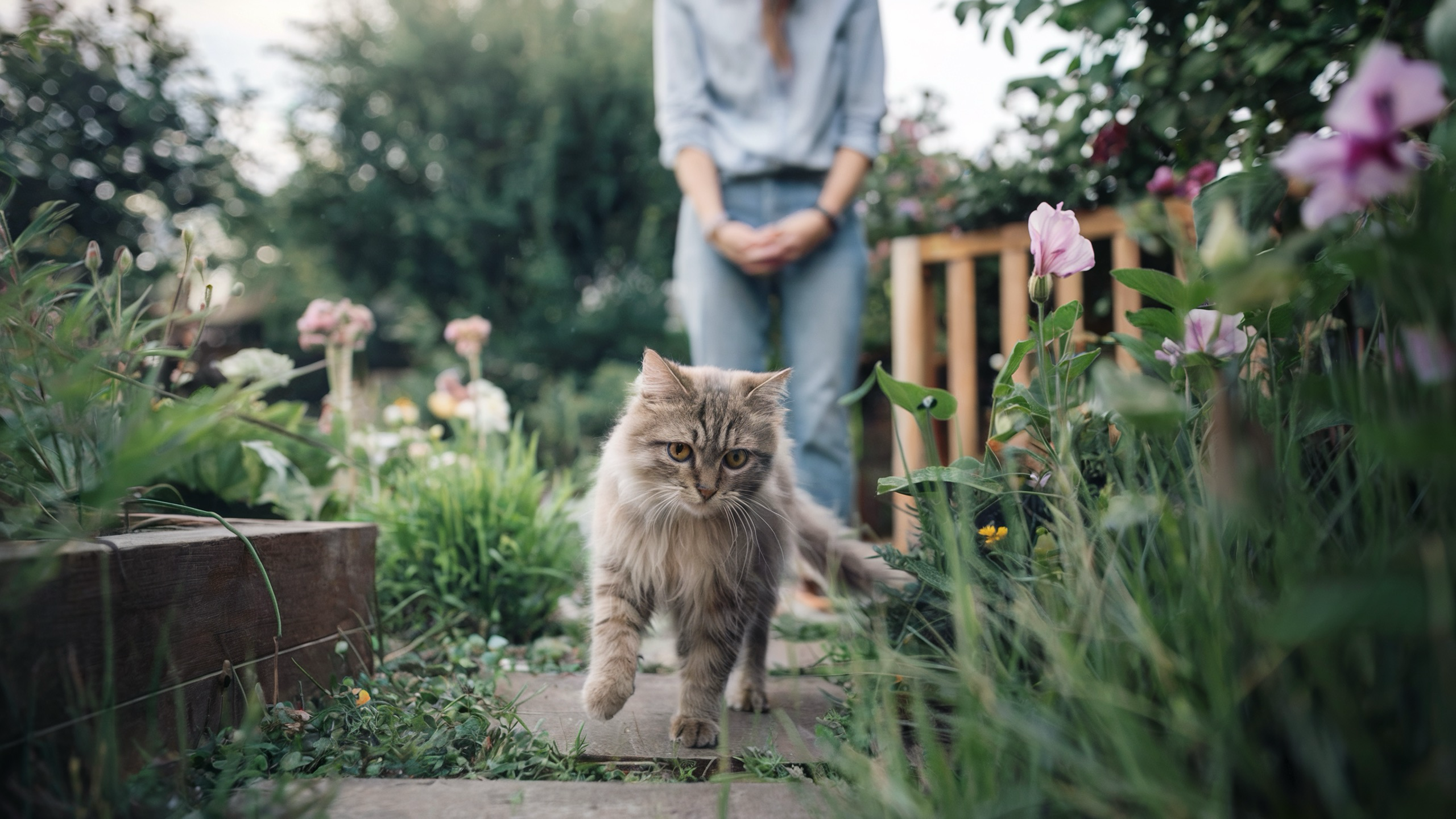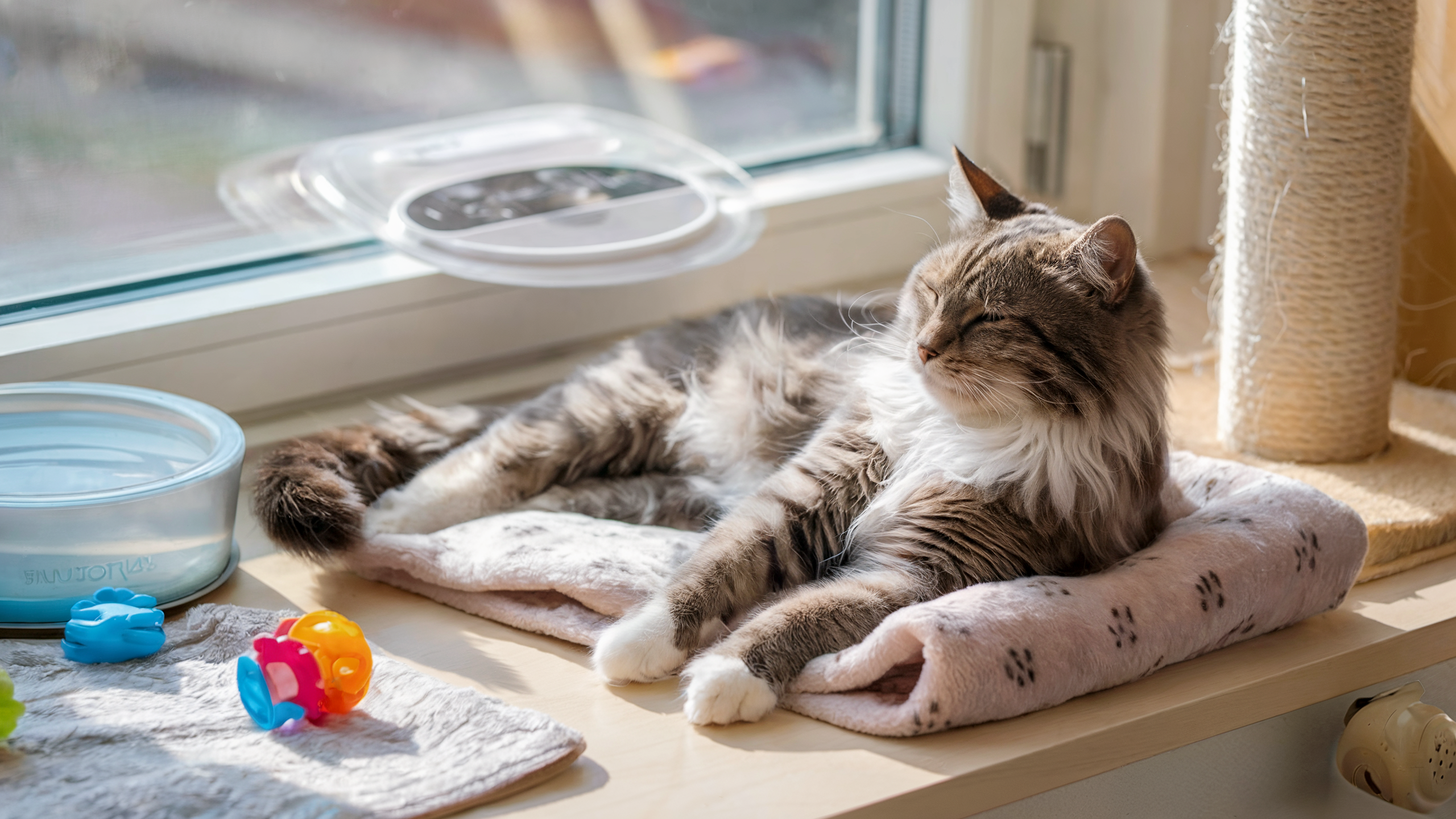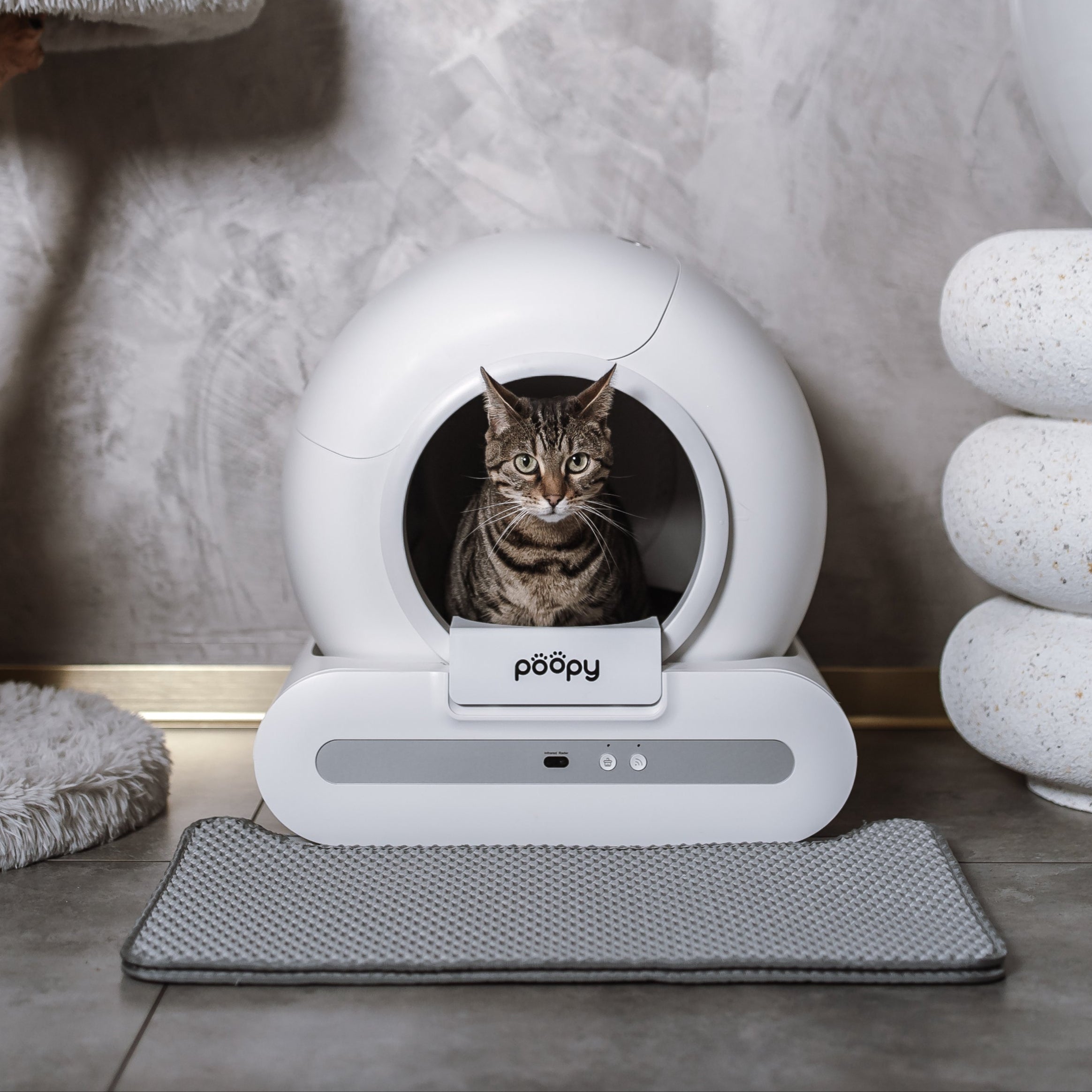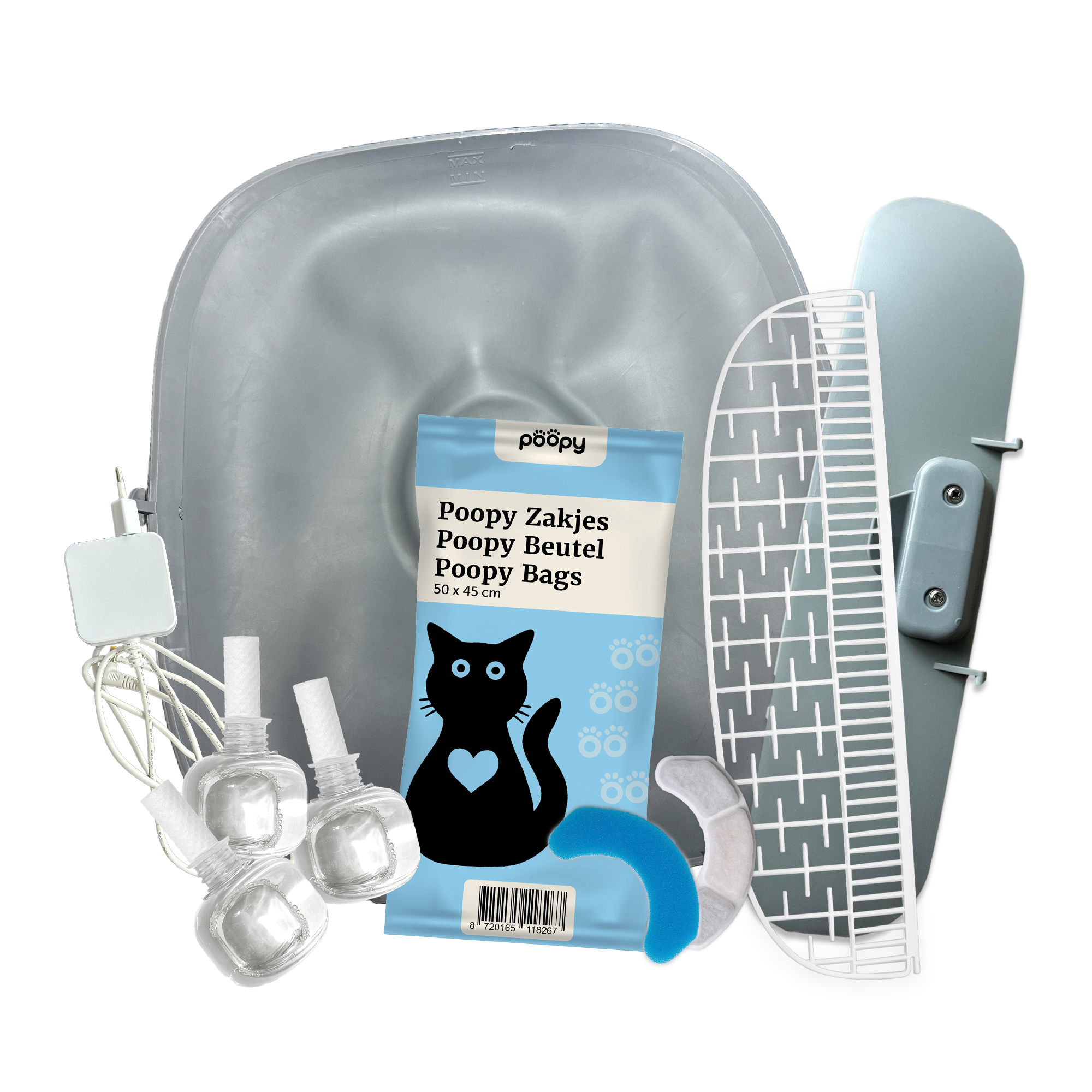Can your cat finally go outside for the first time, or is it still too soon?
Your cat stares longingly outside. She meows at the door and seems ready to explore the wide world. But is it safe to let her out right now? When you should let your cat outside is a common question, and the answer depends on several factors.
In this blog you will discover at what age a cat can go outside for the first timeWhy spaying and neutering microchipping of cats are so important, and how to make sure your cat always comes back safely.
"In most cases, it is safe to let a cat outside for the first time when it has been neutered or spayed and is at least six months old."
When is a cat ready to go outside?
Not every cat is ready at the same time. Age, character and health play a big role. Some cats are adventurous and confident, while others are naturally more fearful.
The guideline is not to feed a cat until after six months let out. There are several reasons for this:
- A young cat is vulnerable. Kittens under six months old are not yet physically strong enough to manage outside. Their hunting instinct is not yet fully developed.
- Initial vaccinations must be completed. Without complete vaccinations, your cat is at risk for serious diseases such as feline distemper and sneezing disease.
- A cat must be spayed or neutered. A cat neutered or spayed before being allowed outside prevents unwanted litters and reduces the likelihood of wandering. Unneutered males in particular can suddenly wander far from home in search of a mate.
The most important thing is to watch your cat's behavior. A playful, still somewhat awkward cat that is easily startled is probably not ready. A confident cat that is curious about the door and observes its surroundings closely is probably ready for a controlled introduction to the outdoors.
Essential preparations before your cat can go outside
Before you open the door, make sure the outdoor environment is safe and that your cat has proper protection.
Important preparations at a glance
|
Step |
Why important? |
|
Castration/Sterilization |
Prevents nesting & wandering behavior |
|
Chipping cats |
Increase chances of being found in case of missing persons |
|
Vaccinations |
Protects against feline distemper and sneezing disease |
|
Collar with ID |
Additional recognition in case of disappearance |
Why chipping is crucial for outdoor cats
Any cat that goes outside must be microchipped. A chip contains a unique identification number that can be scanned by a veterinarian or shelter if your cat ever gets lost. This greatly increases the chances of reunification.
- Cat chipping costs range between €30 and €50. A one-time investment that can save you a lot of worry.
- Make sure you register your contact information and keep it up to date in the database. Otherwise, the chip will be of no use if your cat is found.
In some countries, such as the United Kingdom, chipping cats is now required by law. Even if this is not the case with you, it is highly recommended to keep your cat safe.

The first time out, how do you go about it?
Your cat gets to go outside for the first time. But how do you make sure he stays safe and doesn't run away right away?
Getting a cat used to the outside world requires a calm, thoughtful approach. Start with short outings in a safe environment, such as an enclosed yard or balcony. Choose a time when it is quiet outside, without loud noises or heavy traffic. The first time can be exciting, so give your cat time to explore his surroundings at his own pace. Leave a door open so he can always retreat if he feels uncomfortable.
Cats orient themselves strongly by smell. Putting a rug or toy with his scent outside will make the transition easier. Reward your cat when he comes back inside so he learns that coming back is positive.
Many people make the mistake of putting their cat outside right away, but this can be overwhelming. Let your cat make his own choice to step outside. By giving him control of the situation, you reduce the chances of panic or an escape attempt.
What if your cat wants to go outside but is not allowed?
Some cats meow at the door and want to go outside at all costs. But sometimes it is safer to keep a cat inside. Also remember that not every cat is suited to go outside freely. For some cats, staying inside is safer and even healthier
- Why some cats are better off staying inside:
Homes in busy urban areas or near major roads.
Cats with health problems or weaker immune systems.
Breeds less suited to the outdoors, such as Persian cats.
How do you make sure your cat always comes back?
One of the biggest concerns of cat owners is, what if my cat doesn't come back?
It is important to get your cat used to his name and to coming back on command. You can already train this indoors by calling him and giving a reward when he responds. Let your cat out before feeding time so he has a natural motivation to return.
A cat flap with chip can be a good solution to provide controlled freedom. This allows your cat to enter independently without other animals entering your home. Some cats also get used to a specific sound, such as a keychain or bell, which they associate with food or a positive experience.
Through a combination of training, reward and routine, build a safe and familiar environment where your cat knows to always come home.
Want to read more? Check out our blog on 'How long can you leave cat alone'





